- About us
- Support the Gallery
- Venue hire
- Publications
- Research library
- Organisation chart
- Employment
- Contact us
- Make a booking
- Onsite programs
- Online programs
- School visit information
- Learning resources
- Little Darlings
- Professional learning
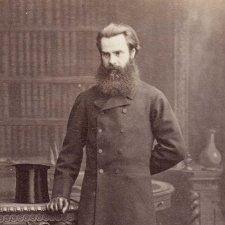
Desperately seeking Woolner medallions
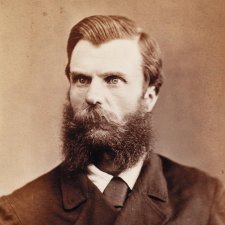
Just after 10.00 o'clock on 3 December 1879, four prisoners were brought from their cells at Darlinghurst Gaol and placed in the dock of a courtroom heaving with agitated spectators

Tennyson's Enoch Arden was inspired by a story that Thomas Woolner passed on to him – but whose story and of whom?
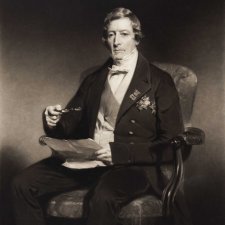
It has been suggested that Sir Thomas Brisbane’s interest in the New South Wales governorship was as attributable to his passion for astronomy as to the desirability of the position as a prestigious career move.
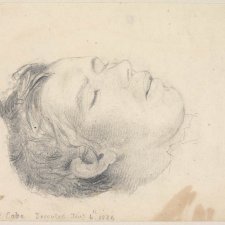
James McCabe provides proof that hanging wasn’t necessarily a fate reserved for the perpetrators of murder and other deeds of darkest hue.
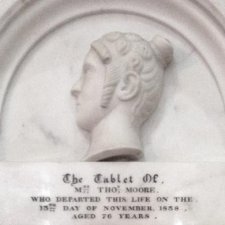
Beyond the centenary of the ANZAC landings at Gallipoli, a number of other notable anniversaries converge this year. Waterloo deserves a little focussed consideration, for in the decades following 1815 numerous Waterloo and Peninsular War veterans came to Australia.
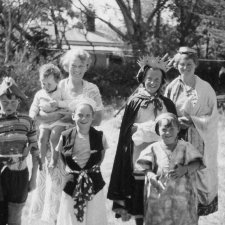
At the end of a summer break one is tempted to say that there is nothing much to report. Isn’t one restful holiday very much like another?
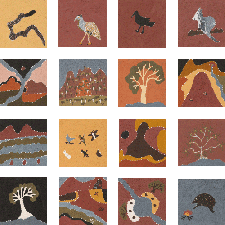
Emily Casey takes in Shirley Purdie’s remarkable self-portrait, Ngalim-Ngalimbooroo Ngagenybe.
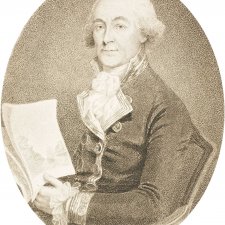
I have been reading systematically through the ads in the earliest issues of the Sydney Gazette and New South Wales Advertiser, such a rich vein of information about certain aspects of daily life in Regency Sydney.
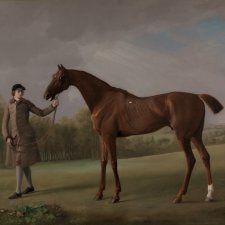
One of the chief aims of George Stubbs, 1724–1806, the late Judy Egerton’s great 1984–85 exhibition at the Tate Gallery was to provide an eloquent rebuttal to Josiah Wedgwood’s famous remark of 1780: “Noboby suspects Mr Stubs [sic] of painting anything but horses & lions, or dogs & tigers.”
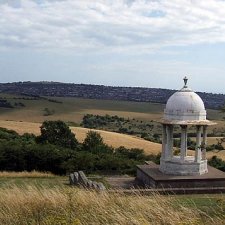
In the earliest stages of the Great War, the Royal Pavilion in Brighton was turned into a military hospital, and arrangements made there to accommodate the different dietary and other requirements of Hindu, Sikh and Muslim patients.
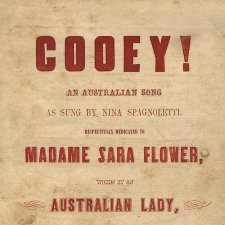
"Coo-ey, Coo-ey, Coo-ey, Coo-ey—Love has caught the strain, Coo-ey, Coo-ey, Coo-ey, Coo-ey—it whispers back again." The “Australian lady” who composed these fruity lyrics was none other than Desda— Jane Davies, sometime Messiter (née Price) of Leddicott, Lavender Bay.
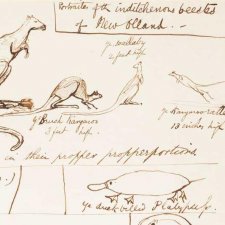
A remarkable undated drawing by Edward Lear (1812–88) blends natural history and whimsy.
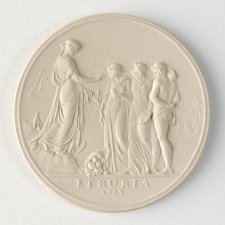
In recent years I have become fascinated by the so-called Sydney Cove Medallion (1789), a work of art that bridges the 10,000-mile gap between the newly established penal settlement at Port Jackson and the beating heart of Enlightenment England.
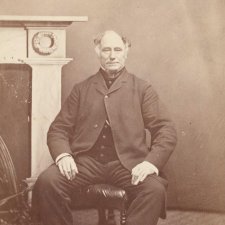
To celebrate his family bicentenary, Malcolm Robertson looks at the portraiture legacy left by his ancestors.
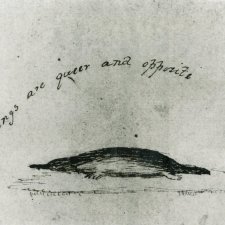
The southern winter has arrived. For people in the northern hemisphere (the majority of humanity) the idea of snow and ice, freezing mist and fog in June, potentially continuing through to August and beyond, encapsulates the topsy-turvidom of our southern continent.